Enhancing your home’s character and architectural interest can be as simple as adding wainscoting. From traditional raised panels to modern geometric shapes, wainscoting offers versatility in style, height, material, and finish. You can choose classic beadboard for a quaint cottage vibe, bold high-gloss panels for dramatic flair, or even integrate concealed LED lighting to highlight textures and create ambiance. Whether you prefer a two-tone color scheme that anchors furniture groupings or full-height millwork that transforms entire rooms, there’s a wainscoting approach to suit every décor. Below are 20 distinct ideas—with examples of materials, designs, and finishes—to inspire your next renovation.
1. Traditional Raised Panel

Traditional raised-panel wainscoting features beveled rectangular or square panels framed by chair rails and baseboards, creating a timeless, elegant look ideal for formal dining rooms, entryways, or living spaces. The raised profile adds depth and shadow lines, emphasizing craftsmanship and architectural symmetry. Painting this style in crisp white or soft neutrals enhances natural light and pairs seamlessly with crown molding or built-in cabinetry, reinforcing classic design motifs. For a more historic touch, choose wood stains that highlight grain patterns, or incorporate decorative rosettes at rail intersections for an Old-World feel.
2. Beadboard
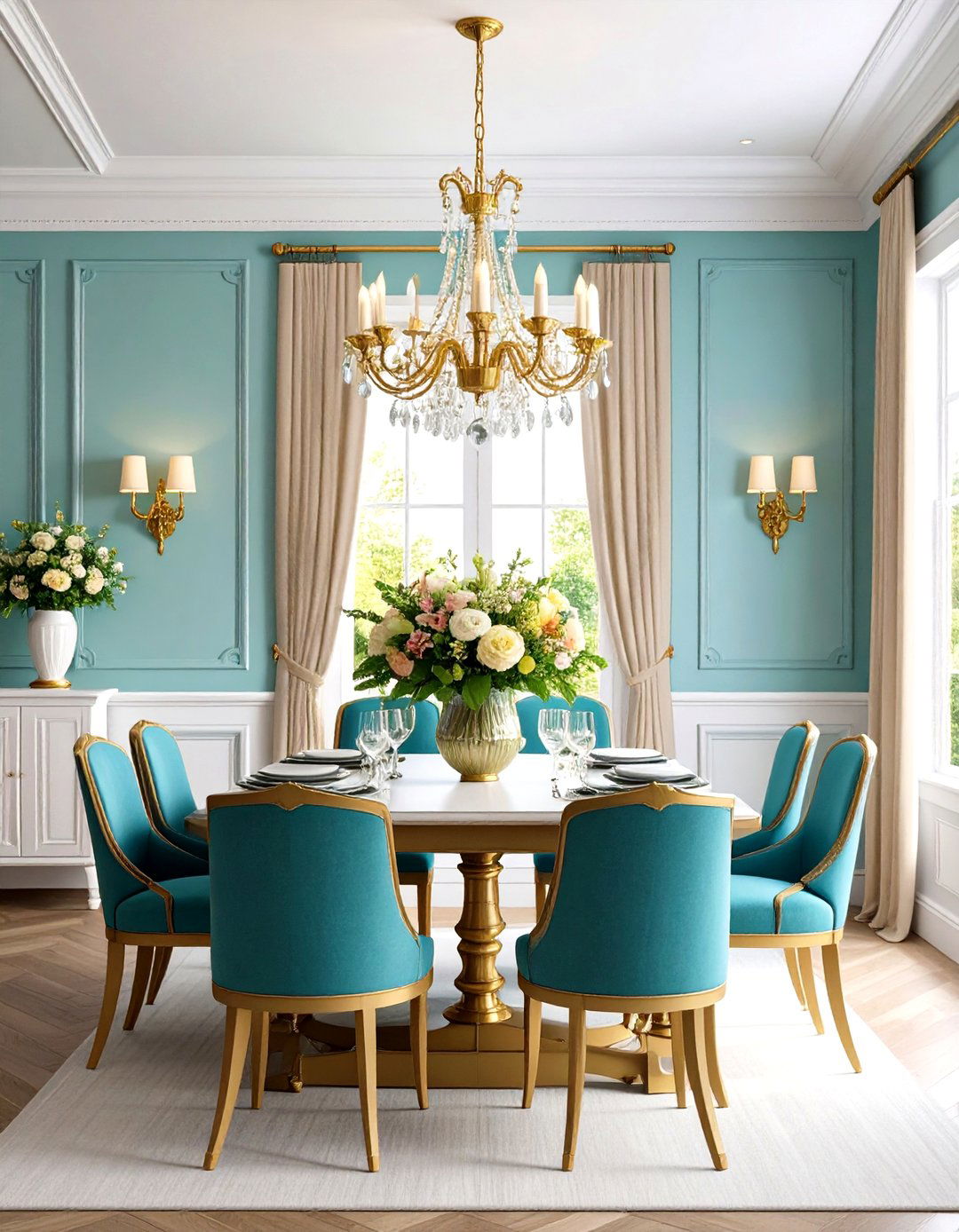
Beadboard wainscoting consists of narrow vertical planks with distinctive “beads” or grooves between each board, offering a relaxed, cottage-style ambiance that works beautifully in kitchens, bathrooms, and mudrooms. Its linear pattern visually elongates walls and conceals minor imperfections, while painted finishes—especially in white or pastel hues—reinforce a bright, airy aesthetic. For added interest, consider installing pre-finished vinyl beadboard panels for moisture-prone areas or pairing beadboard with a contrasting upper-wall color to delineate zones in open-plan layouts.
3. Board and Batten
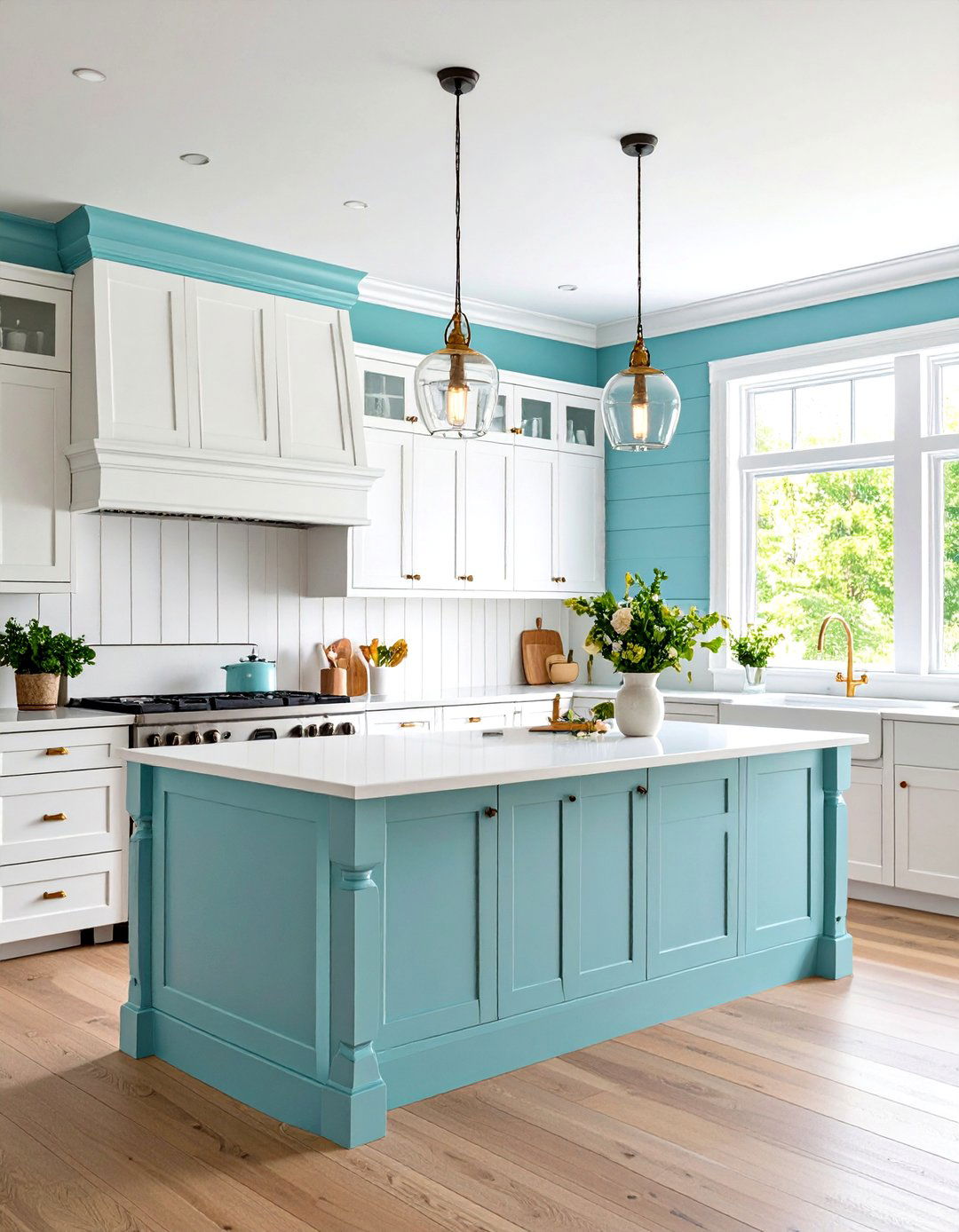
Board and batten wainscoting features wide vertical boards (“boards”) separated by narrower strips (“battens”), yielding a rustic yet refined aesthetic suited to farmhouse, coastal, or shabby-chic interiors. This style adds strong vertical lines that can make ceilings feel higher, and offers an opportunity for bold paint choices—such as deep greens or navy blues—on the battens against lighter boards. Installation is straightforward, often using plywood or MDF boards for cost efficiency. Whether in living rooms or staircases, board and batten wainscoting mixes simplicity with pronounced texture.
4. Picture Frame Molding
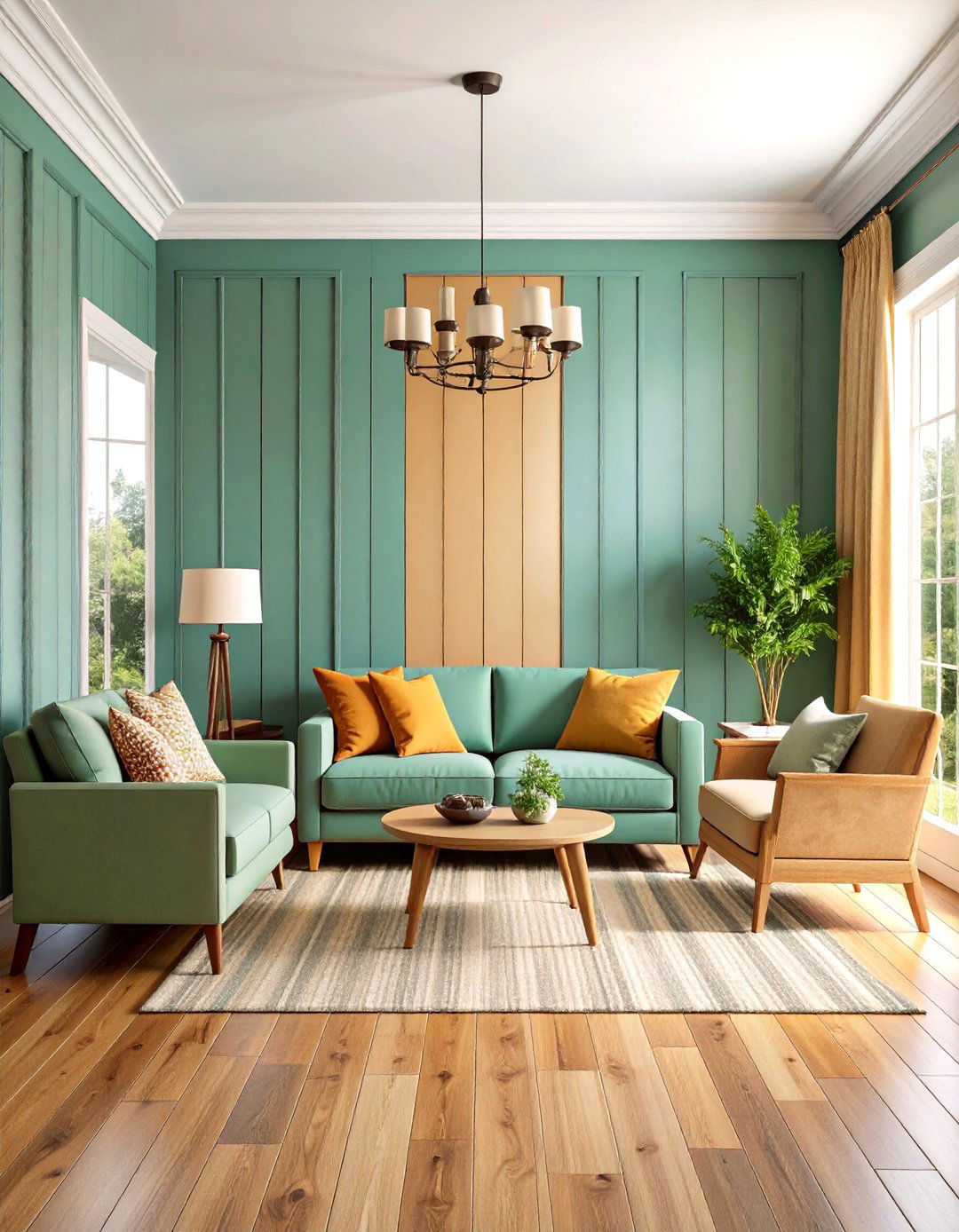
Picture-frame molding employs thin strips of molding arranged in rectangles or squares directly onto a flat wall or wainscoting base, creating an artsy gallery-wall effect without hanging art. This approach allows for customizable frame sizes and spacing, making it equally effective in hallways, formal dining areas, or master suites. Thin frames painted the same color as the walls produce subtle texture, while contrasting frame colors add graphic interest. It’s an economical method to elevate flat surfaces with three-dimensional detail and can be accentuated with metallic paints for a glamorous touch.
5. Shiplap
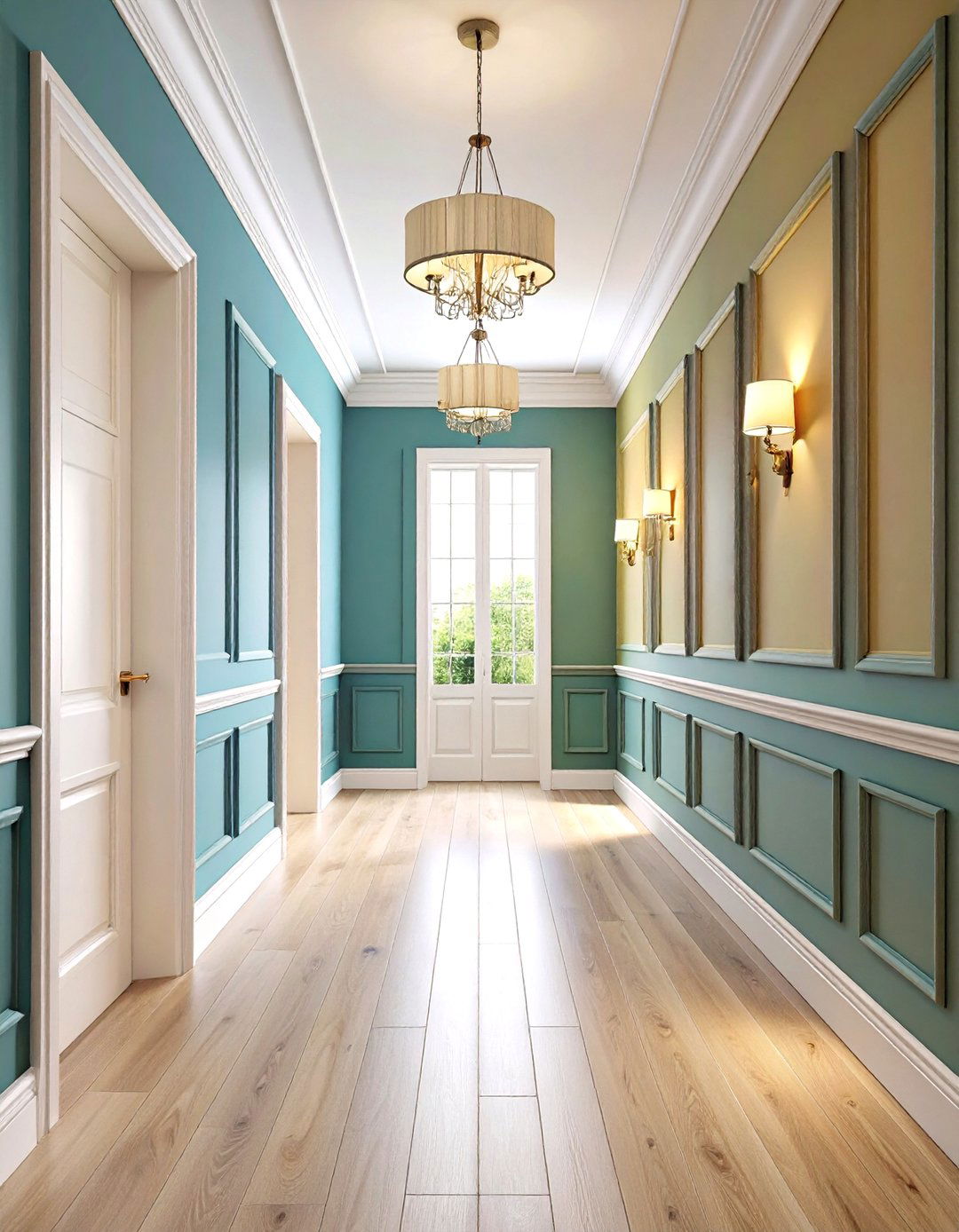
Shiplap wainscoting features horizontal wooden boards with slight gaps or grooves, evoking coastal cottages and rustic retreats. Popularized in contemporary design, shiplap can be installed as full-height wall cladding or confined to the lower third as wainscoting, accentuating furniture arrangements or built-ins. Painted white for a crisp, modern farmhouse vibe, or stained for rustic warmth, shiplap complements both traditional and industrial furnishings. Its straightforward installation—thanks to tongue-and-groove profiles—makes it accessible for DIY enthusiasts seeking texture without elaborate millwork.
6. High-Gloss Finish
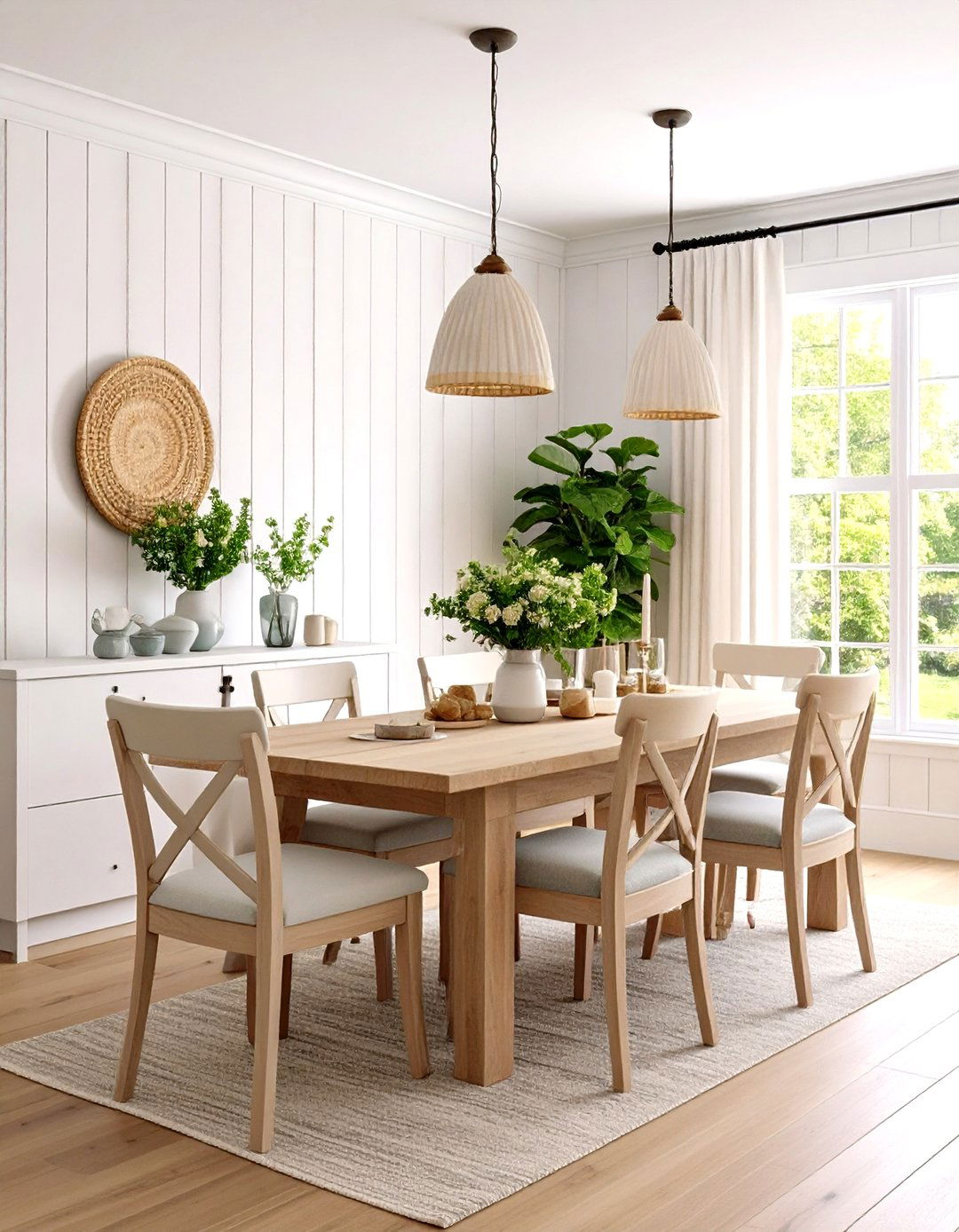
Applying a high-gloss paint or lacquer to wainscoting panels amplifies light reflection, creating a sleek, contemporary statement that feels luxurious and easy to clean. This finish works well on smooth flat-panel or raised-panel styles in dining rooms, bathrooms, or even home offices. Bold color choices—such as emerald green, midnight blue, or charcoal—paired with glossy sheens produce dramatic depth and sheen, while lighter glosses in cream or pale gray maintain elegance with added visual interest. High-gloss wainscoting merges durability with high-impact aesthetics.
7. Two-Tone Color Scheme

A two-tone color approach paints the wainscoting one hue and the upper wall another, delineating the room’s zones and showcasing the paneling detail. Popular pairings include deep blues with crisp whites, soft grays with dusty pinks, or hunter green wainscoting under warm neutrals. This technique enhances focal points—such as sofas or headboards—and allows homeowners to experiment with accent colors without overwhelming the entire space. For continuity, use matching or complementary trim colors on door and window casings.
8. Full-Height Wainscoting

Extending wainscoting panels from floor to ceiling transforms them into full-height wall treatments, offering a unified architectural statement that replaces the need for wallpaper or paint above. This approach works especially well in entryways, home libraries, or master bedrooms, imparting a sense of enclosure and grandeur. It also simplifies wall care in high-traffic areas by protecting surfaces at all heights. Opt for flat-panel styles in modern homes, and traditional raised-panel or board-and-batten in historic restorations.
9. Wallpaper Above Wainscoting

Combining wainscoting with wallpaper above creates layered visual interest: durable paneling below paired with patterned or textured wallpaper above enriches interiors. Choose complementary patterns—florals with beadboard, geometrics with board and batten—to balance tradition and trend. This blend is ideal for formal dining rooms, powder baths, or hallways. It also allows for easier wallpaper installation and replacement by anchoring the pattern above a stable, painted base. Be sure to coordinate colors to avoid clashing motifs.
10. Modern Geometric Panels
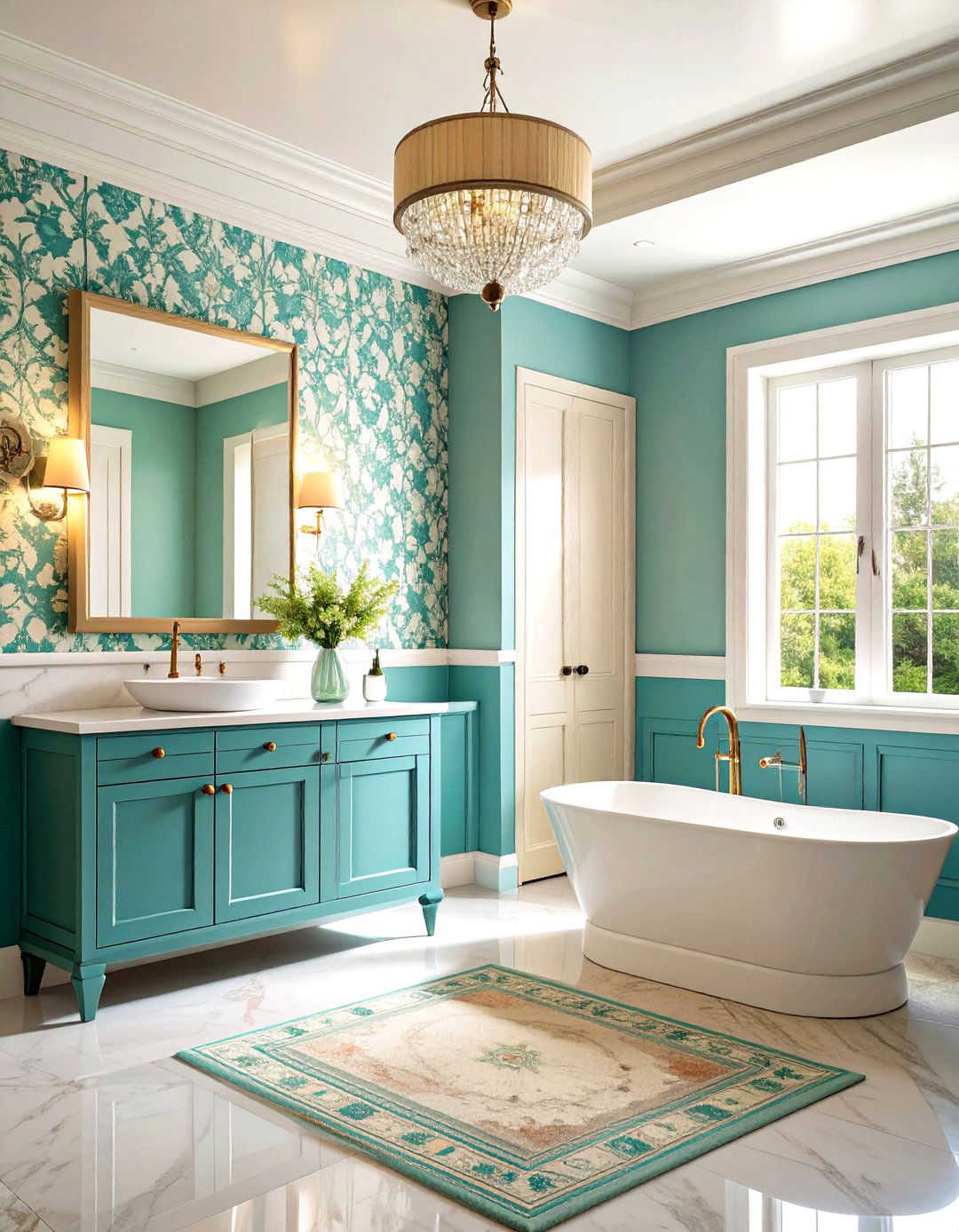
Contemporary geometric wainscoting employs clean lines, asymmetrical shapes, or intersecting squares and rectangles for an avant-garde twist on traditional paneling. Using MDF or plywood cut on a CNC router, panels can be arranged in repetitive patterns or random compositions. Paint in monochrome or high-contrast duos to emphasize the contours. This style suits minimalist lofts, modern condos, or any space craving architectural boldness. Geometric wainscoting doubles as art and trim, serving both form and function.
11. Rustic Reclaimed Wood
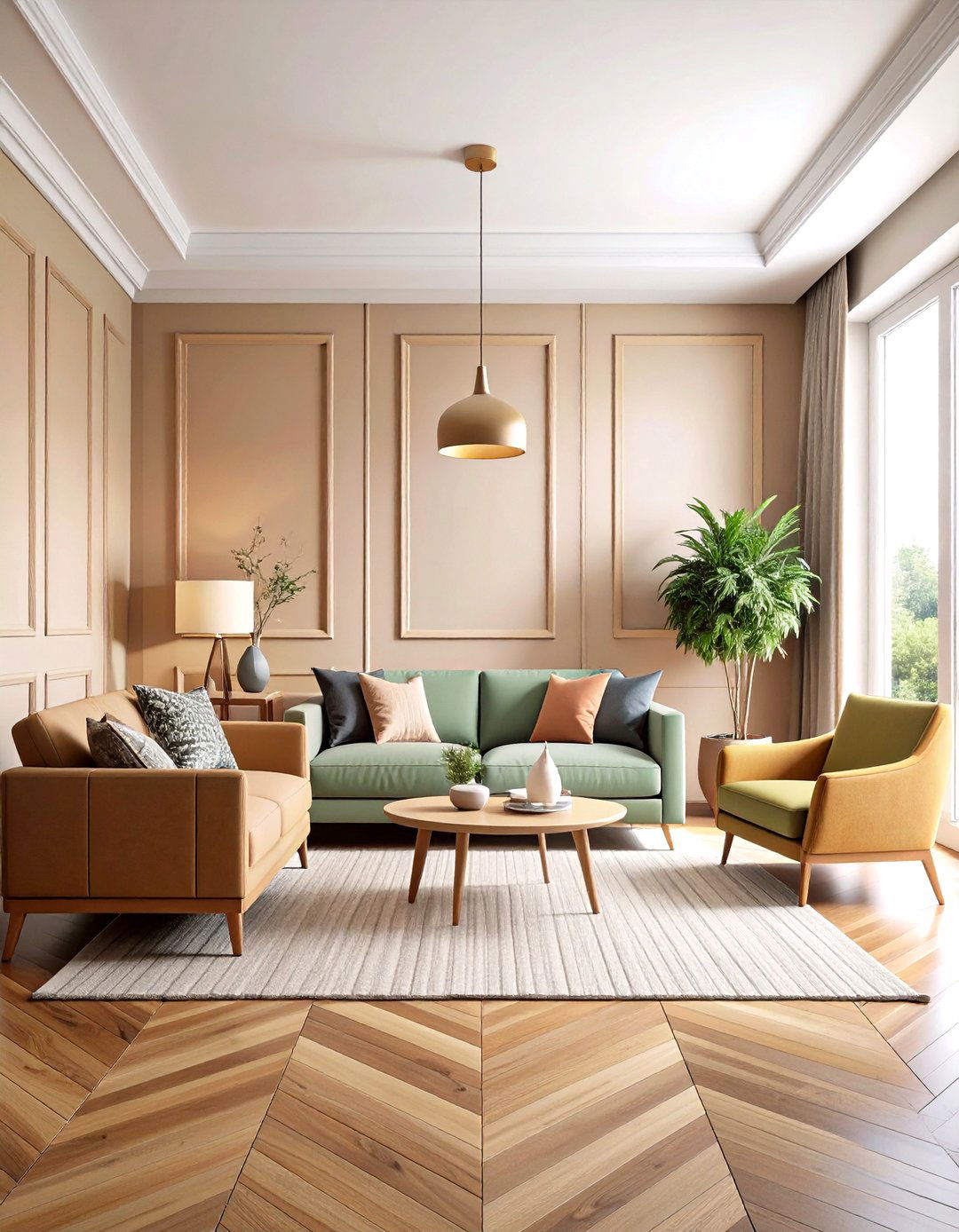
Incorporating reclaimed wood planks—antique barn boards, salvaged flooring, or weathered siding—into wainscoting injects natural patina and history into interiors. This eco-friendly option works in living rooms, studies, or accent walls, contrasting modern furnishings. Boards can be left unpainted to showcase grain and knots or whitewashed for a lighter effect. Reclaimed-wood wainscoting blends sustainability with cozy texture, and each plank carries unique character marks that tell a story.
12. Integrated Shelving
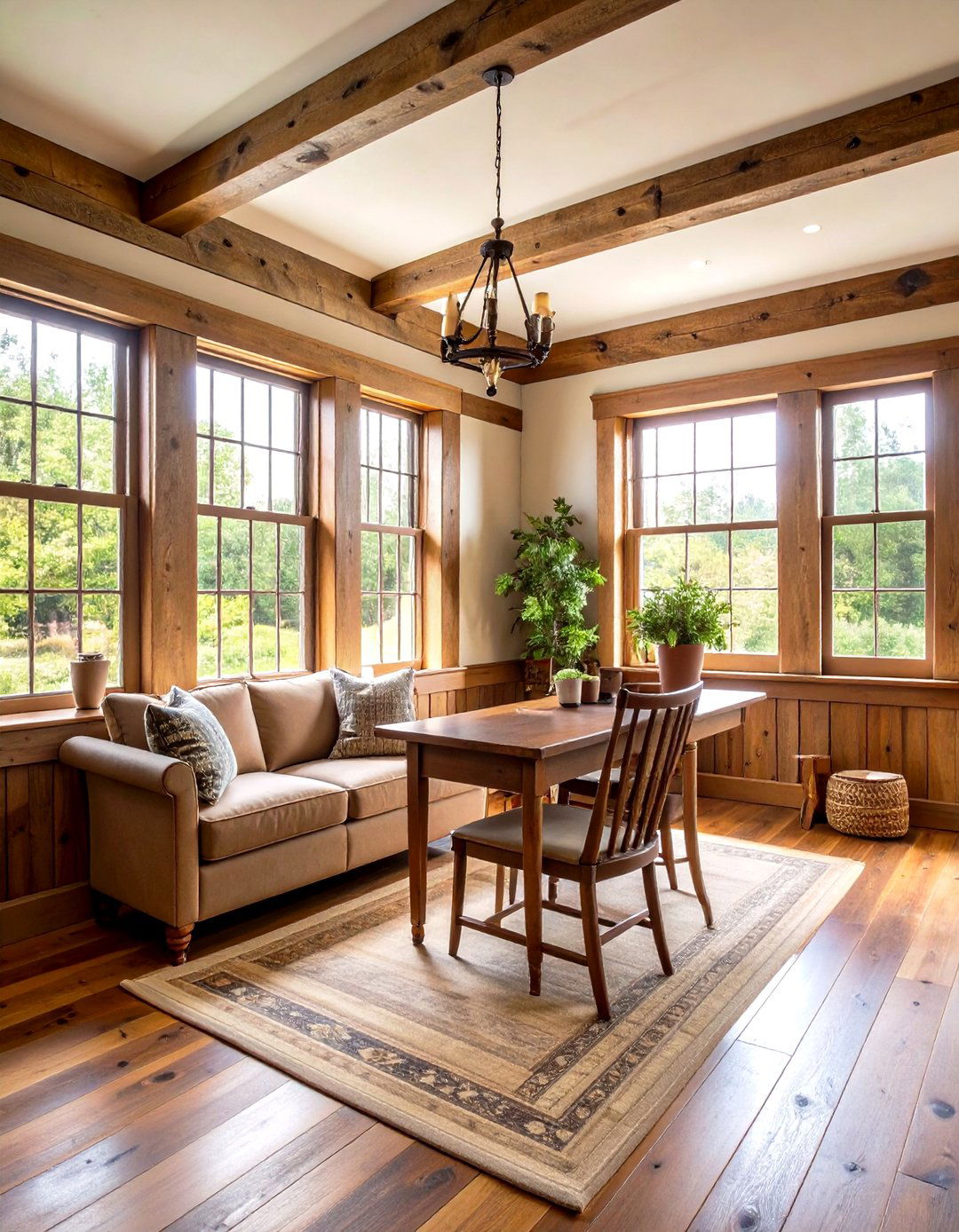
Integrate shallow shelving units or cubbies into wainscoting panels to combine decorative molding with storage and display space. Ideal for entryways or reading nooks, this approach merges form with function: low-profile shelves hold books, artwork, or collectibles, while the molding conceals hardware. Paint both panels and shelves the same color for a seamless, built-in look. Integrated shelving wainscoting maximizes wall utility without sacrificing style.
13. Contrasting Chair Rail
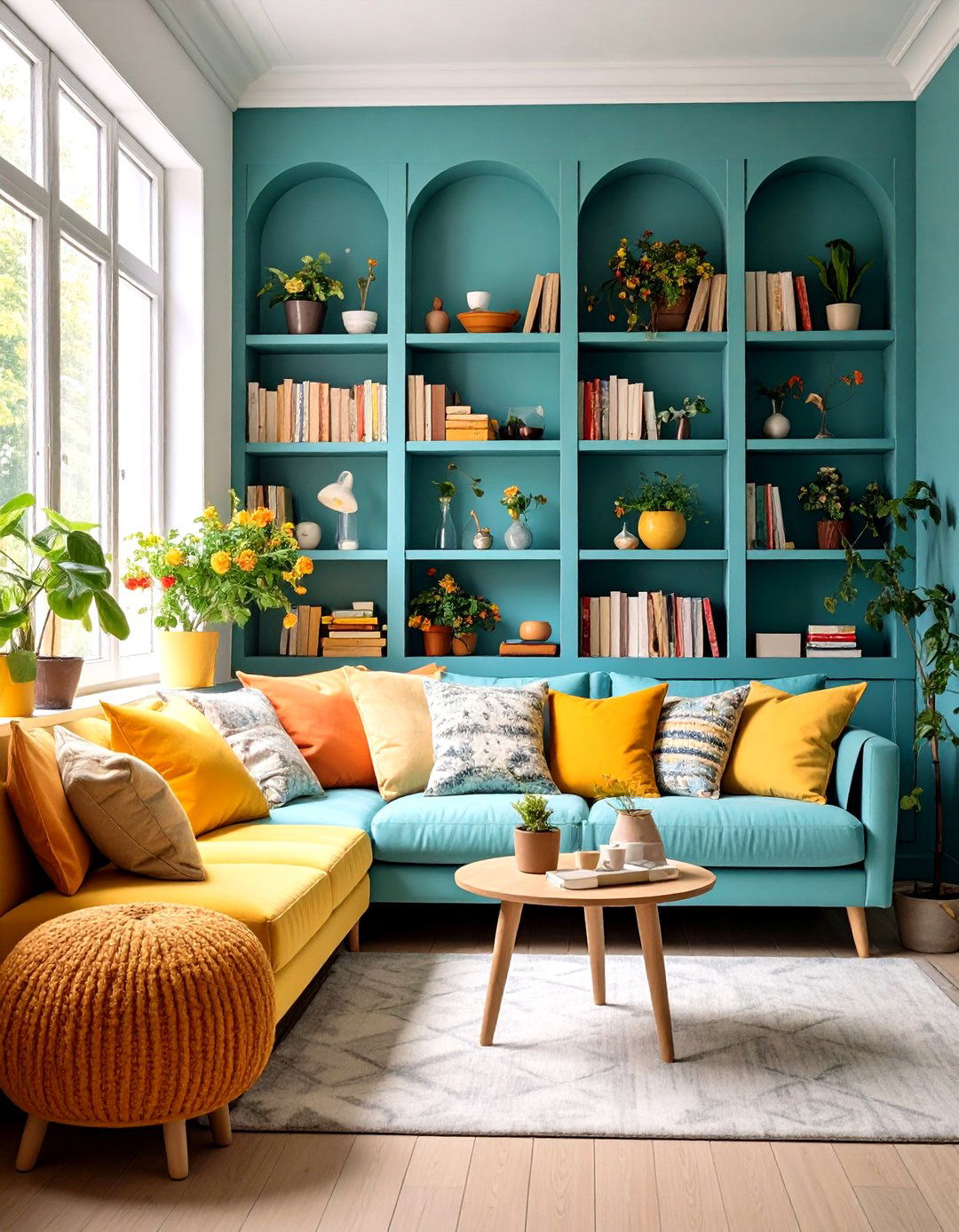
Emphasize the transition between wainscoting and upper wall by using a contrasting chair rail color or material—such as dark stained wood with lighter paneling below. This accentuates the horizontal line, highlights panel profiles, and creates cohesion with other trim in the room. Contrasting rails look striking in stairwells, dining rooms, or corridors, acting as a design feature rather than merely protective molding.
14. Custom LED Lighting
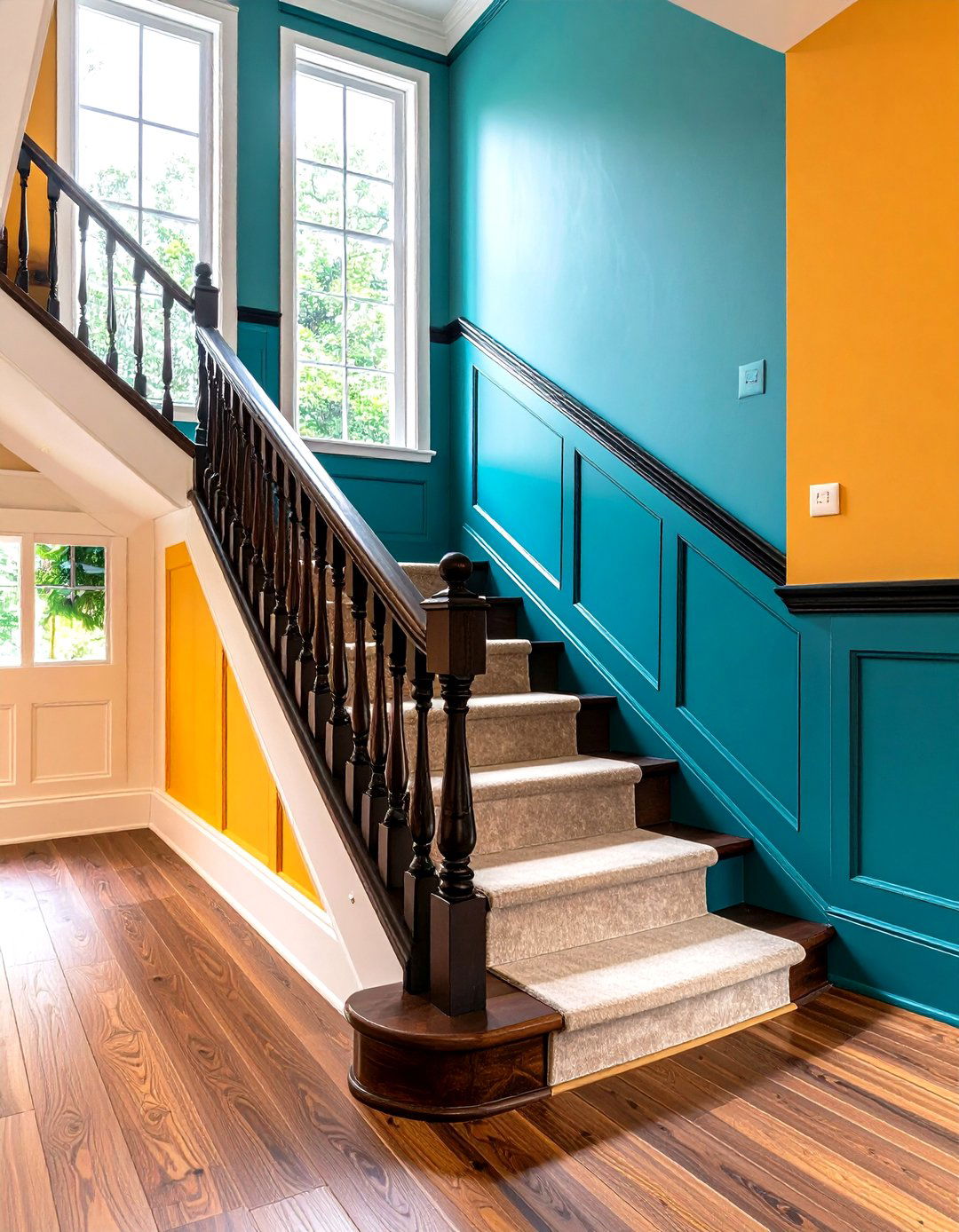
Incorporate LED light strips—cove lighting—into the top or bottom edges of wainscoting panels to cast indirect light onto walls and ceilings, adding ambient glow and showcasing textures. LED integrations can be hidden behind chair rails or recessed panels, creating a floating effect. Use color-tunable or dimmable LEDs for mood control in living rooms, home theaters, or bedrooms. Cove lighting complements wainscoting’s architectural lines and enhances nighttime aesthetics.
15. Upholstered Panels
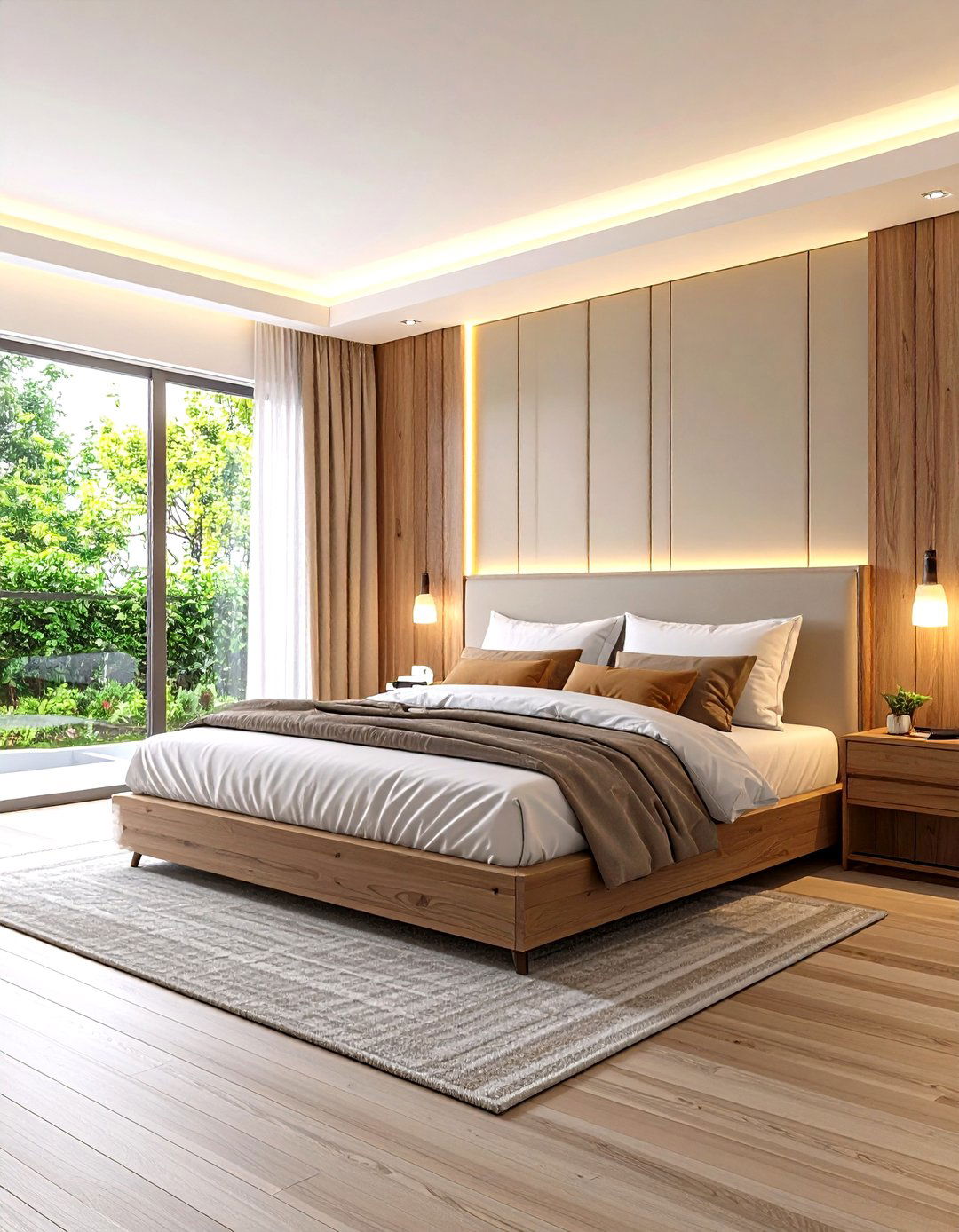
Upholstered wainscoting combines soft, fabric-covered panels—often with foam backing—mounted to walls, delivering acoustic insulation and plush visual appeal. This approach works excellently in bedrooms or media rooms, reducing sound reflection while adding tactile luxury. Common choices include velvet, linen, or leather panels in neutral or jewel tones. Upholstered wainscoting elevates comfort and introduces textural depth, bridging millwork with upholstery craftsmanship.
16. Painted Patterns

Hand-painted or stenciled designs on flat-panel wainscoting add bespoke artistry to interiors. From floral motifs to geometric repeat patterns, painted accents personalize spaces. Use water-based enamels for durability and ease of cleaning. Painted patterns suit powder rooms, nurseries, or feature walls, turning paneling into a canvas for artistic expression. Combine with solid-color panels elsewhere to maintain balance.
17. Minimalist Flat Panels
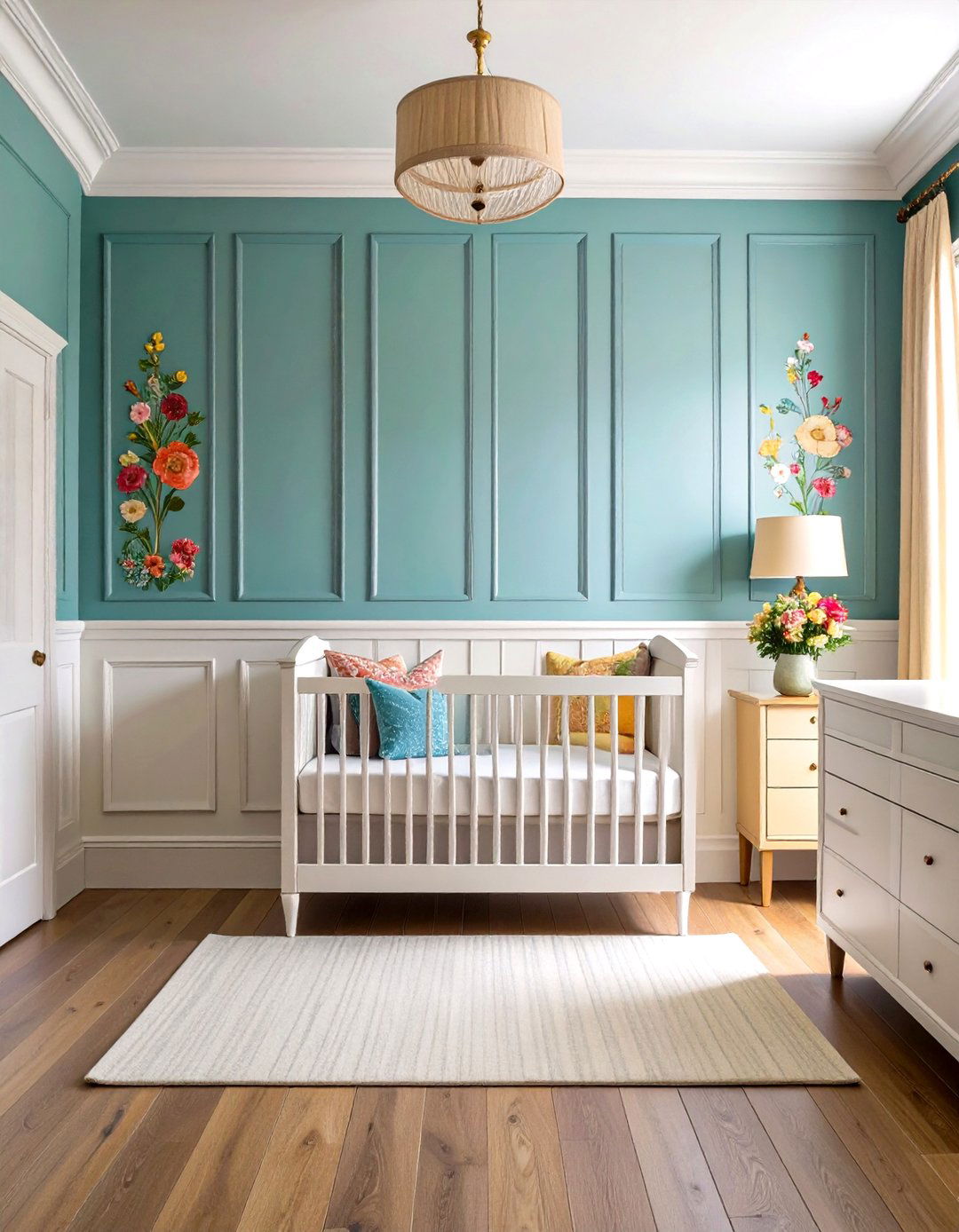
Flat-panel wainscoting features smooth, unadorned boards framed by minimal trim, embodying modern minimalism. This simplified profile offers subtle texture without ornate details, making it suitable for contemporary apartments, offices, or galleries. Painting panels and trims the same color fosters a streamlined look, while varying panel widths can add understated variation. Flat-panel wainscoting embodies “less is more” in architectural millwork.
18. Crown Molding Accent
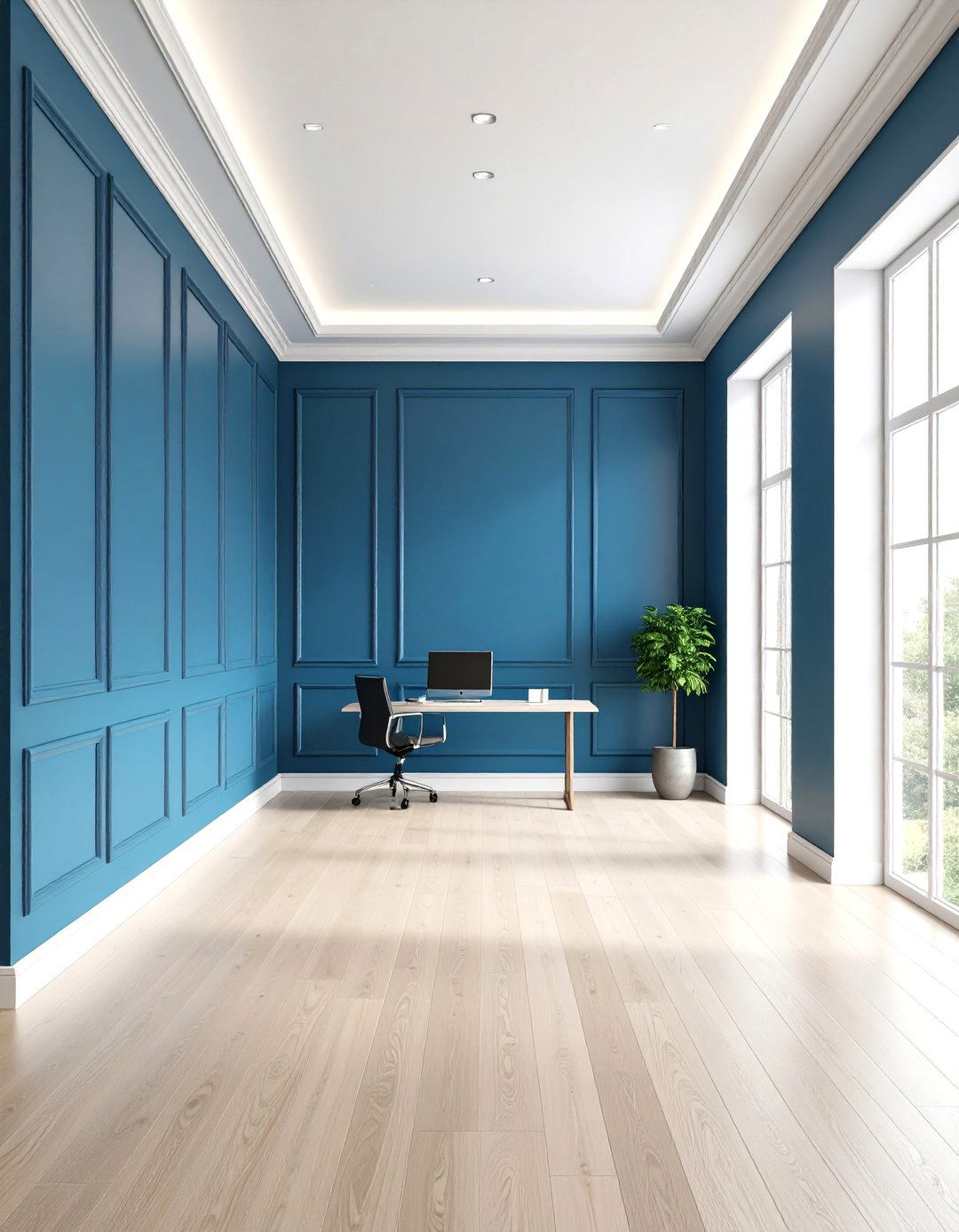
Extend crown molding from ceilings down to meet wainscoting for a cohesive millwork ensemble. Using crown molding above chair rails or integrating small crown details within panel tops adds layers of trim that enrich interiors. This technique suits traditional homes or formal rooms, enhancing perceived ceiling height and framing wall surfaces elegantly. Coordinated crown and wainscoting create a polished, museum-like finish.
19. Mixed Materials
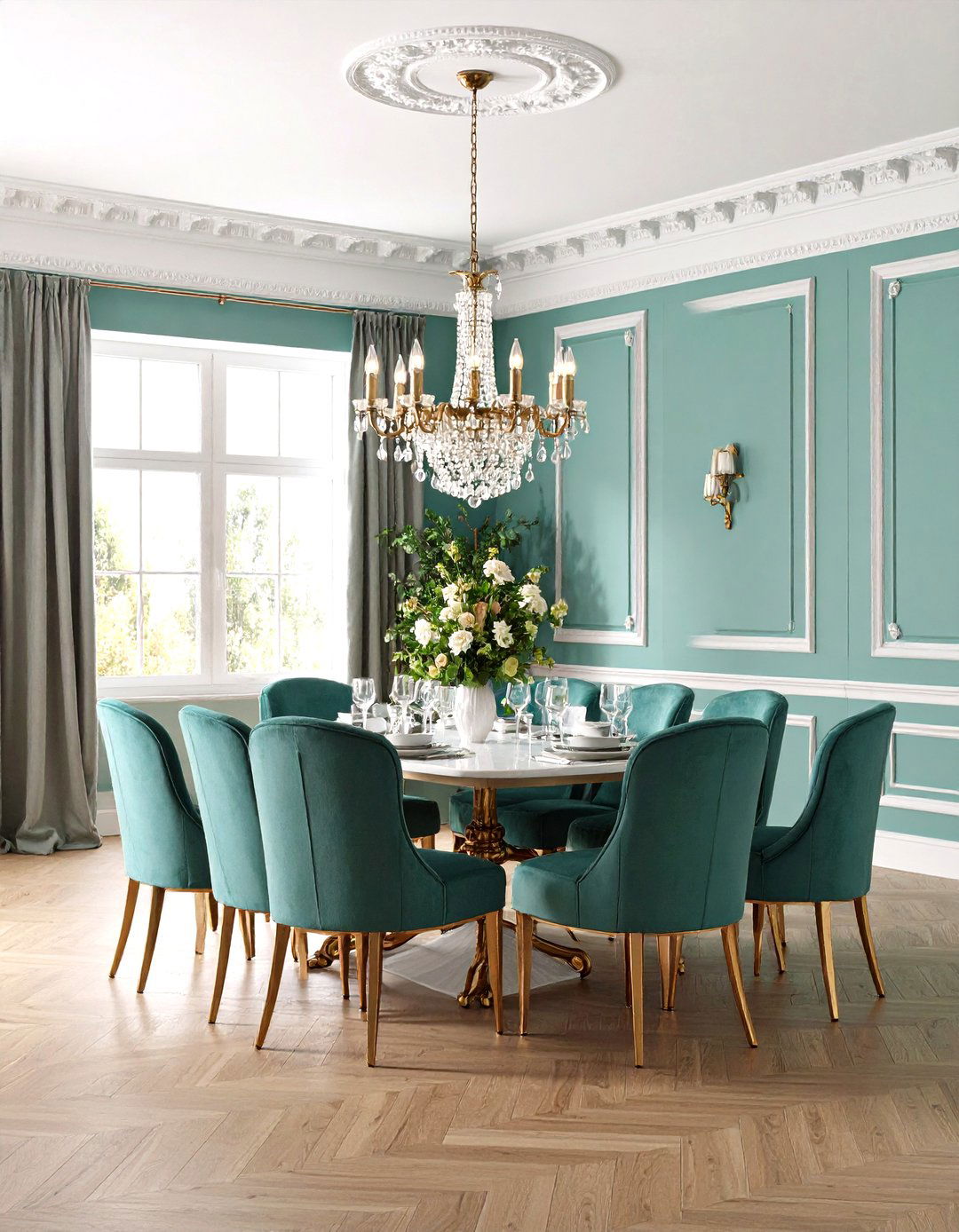
Combine different materials—such as wood, metal, and acrylic—within wainscoting panels to achieve eclectic texture. For example, alternate wood panels with powder-coated steel inserts or frosted acrylic inlays to reflect light. Mixed-material wainscoting suits modern industrial or loft-style interiors, adding reflective surfaces and tactile contrast. This approach encourages experimentation and high-impact visuals.
20. Curved Panels

Soften rigid lines by installing wainscoting panels with arched or curved tops, echoing doorways or furniture silhouettes. Curved panel profiles add organic flow and can be tailored to mirror architectural features like vaulted ceilings or arched windows. This whimsical twist works in dining areas, nurseries, or boutique retail spaces, bringing dynamic shapes to standard millwork. Curved wainscoting highlights craftsmanship and elevates walls into sculptural elements.
Conclusion:
Wainscoting remains a versatile design element that blends protection with decoration, capable of enhancing traditional and contemporary interiors alike. By selecting from styles like raised panels, beadboard, and board and batten—or by innovating with lighting, upholstery, and mixed materials—you can tailor wainscoting to your space’s function and aesthetic. Whether you opt for a bold high-gloss finish, a soothing two-tone palette, or integrated LED accents, these 20 ideas provide a foundation for creating walls with depth, character, and lasting appeal.


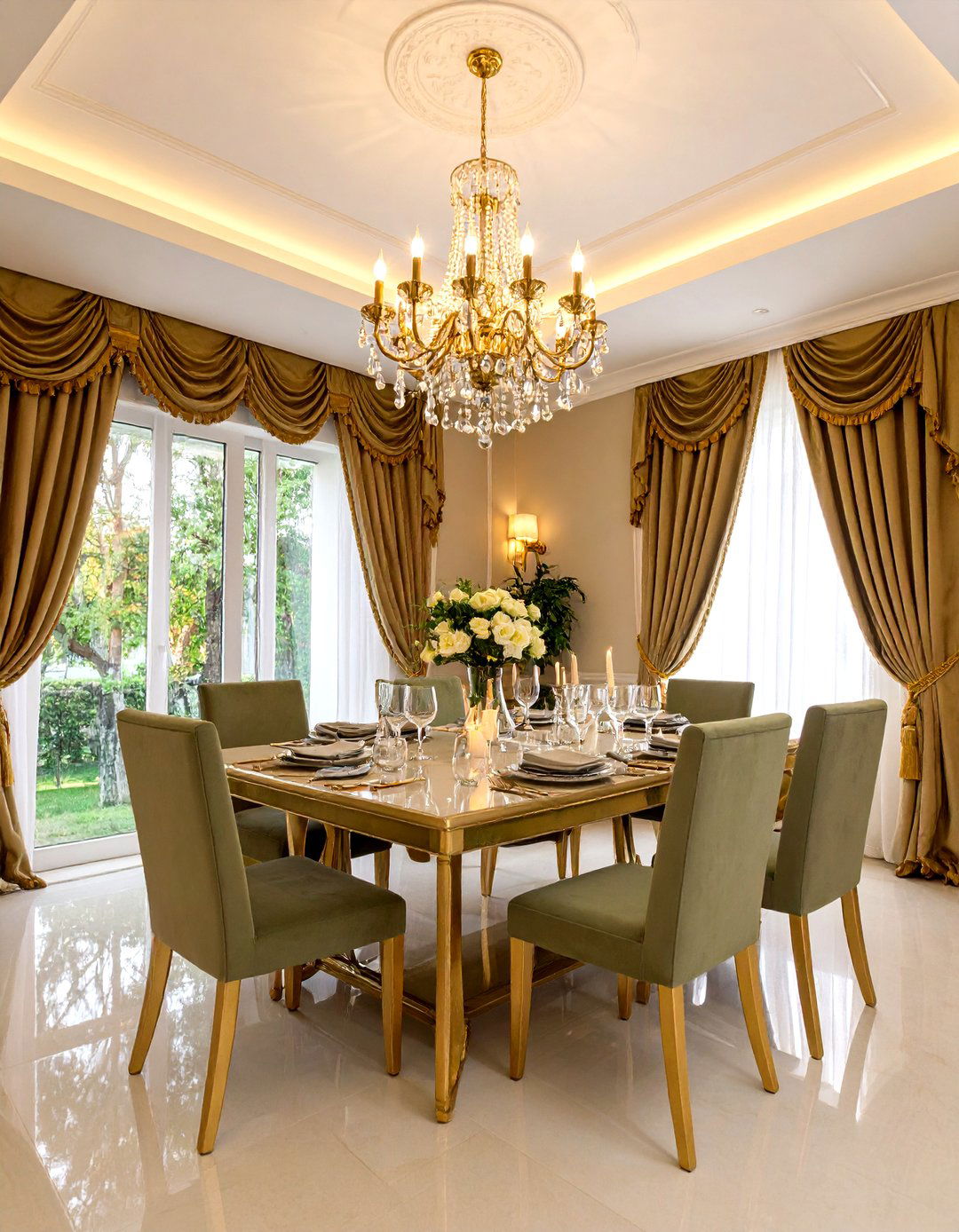


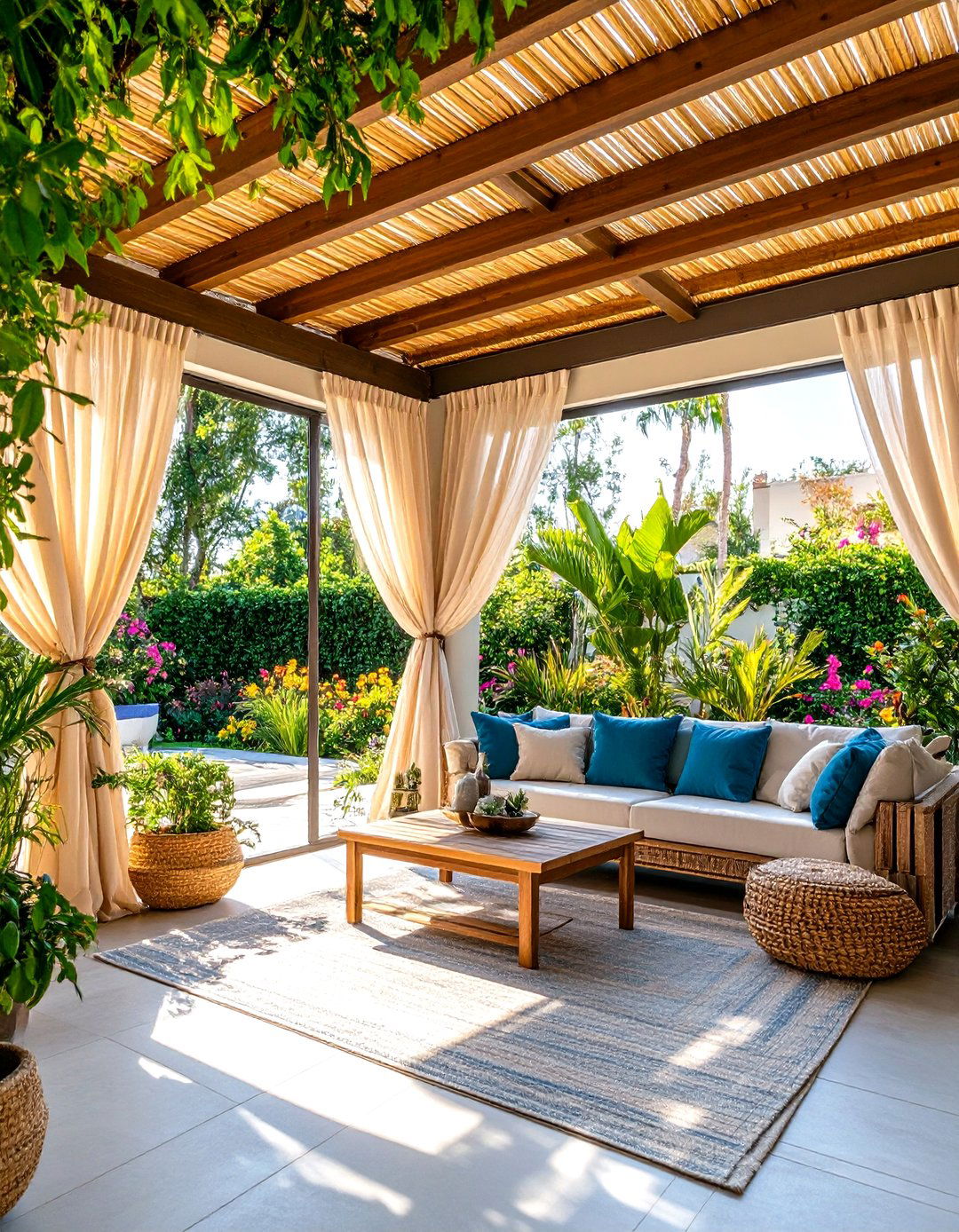
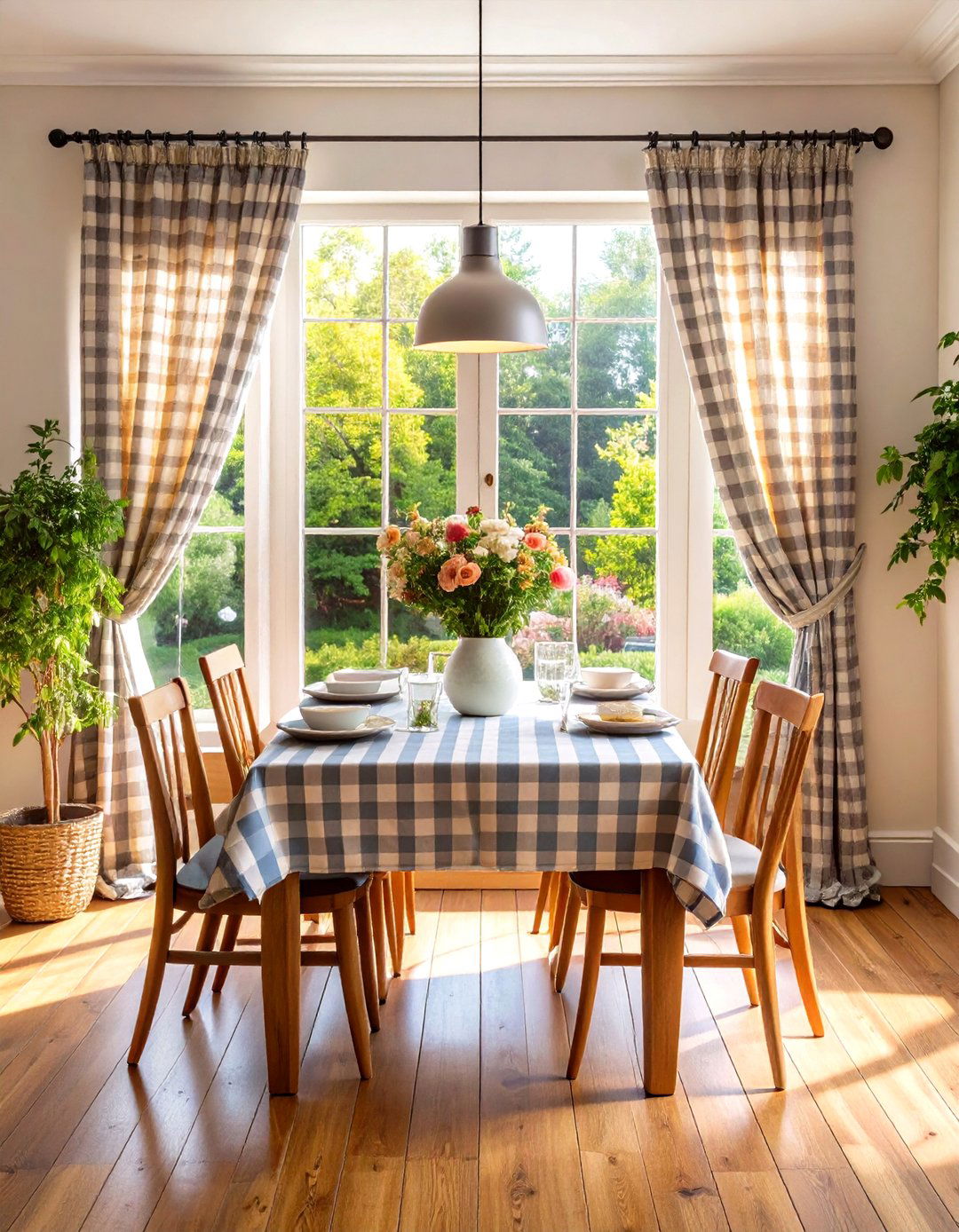

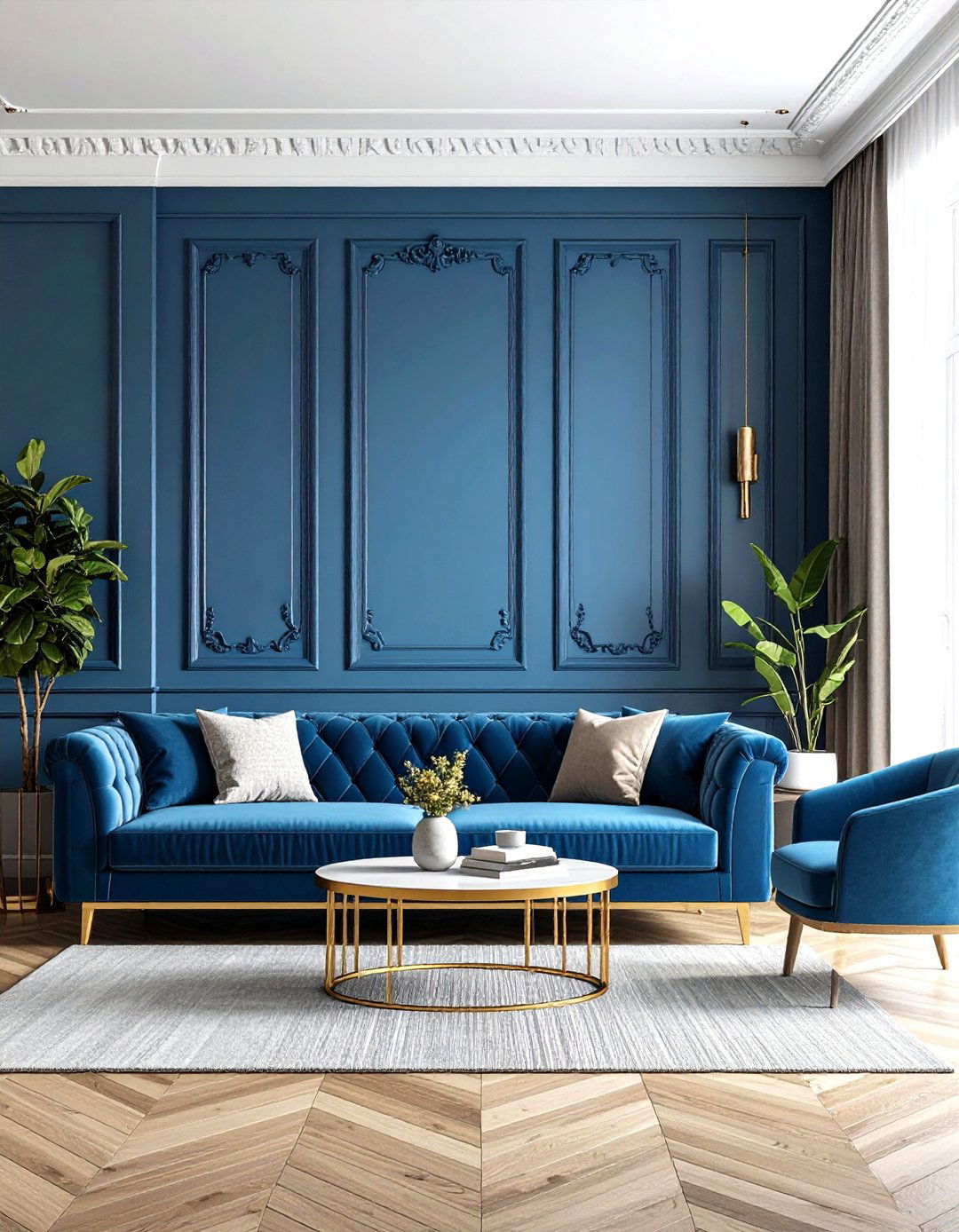
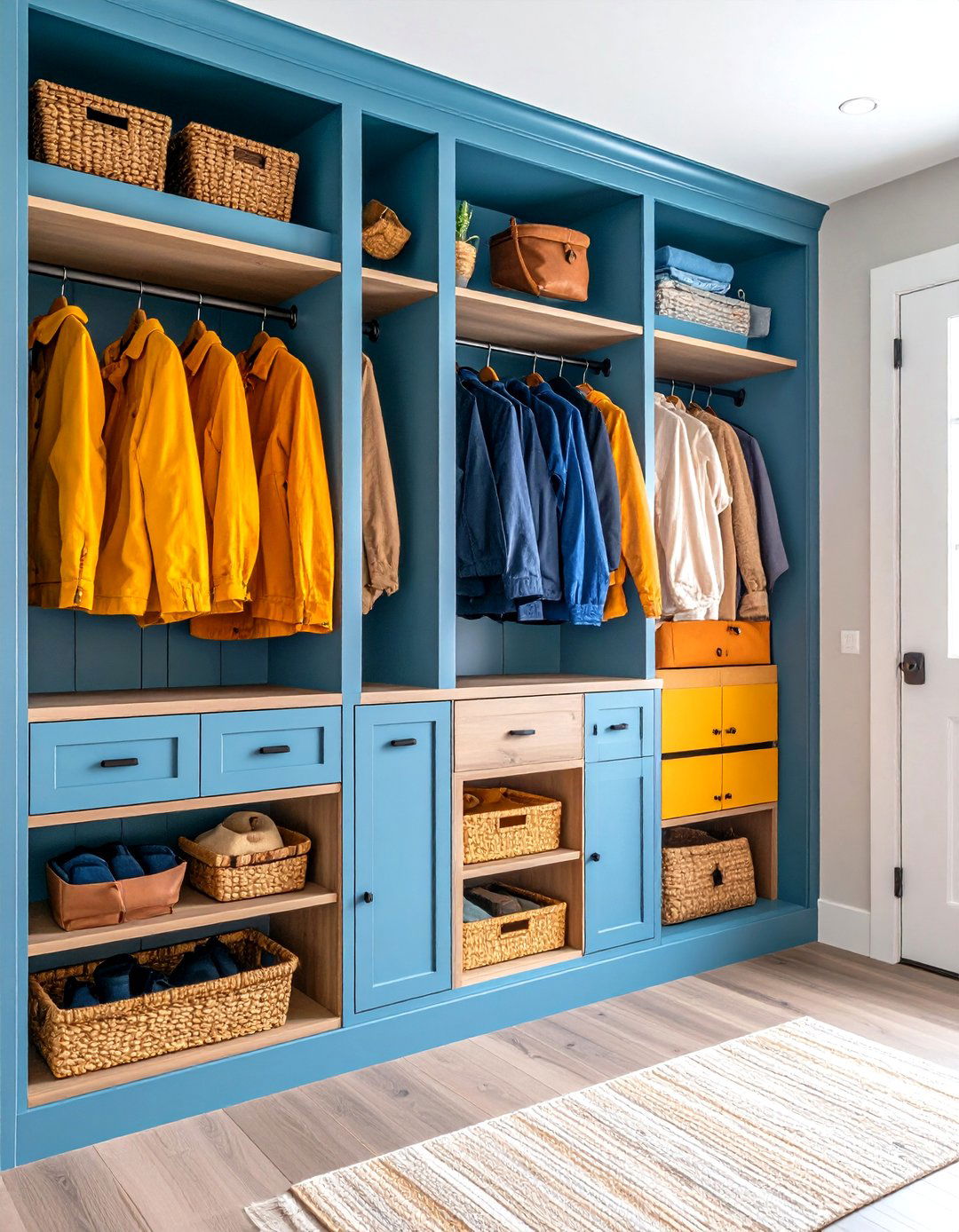
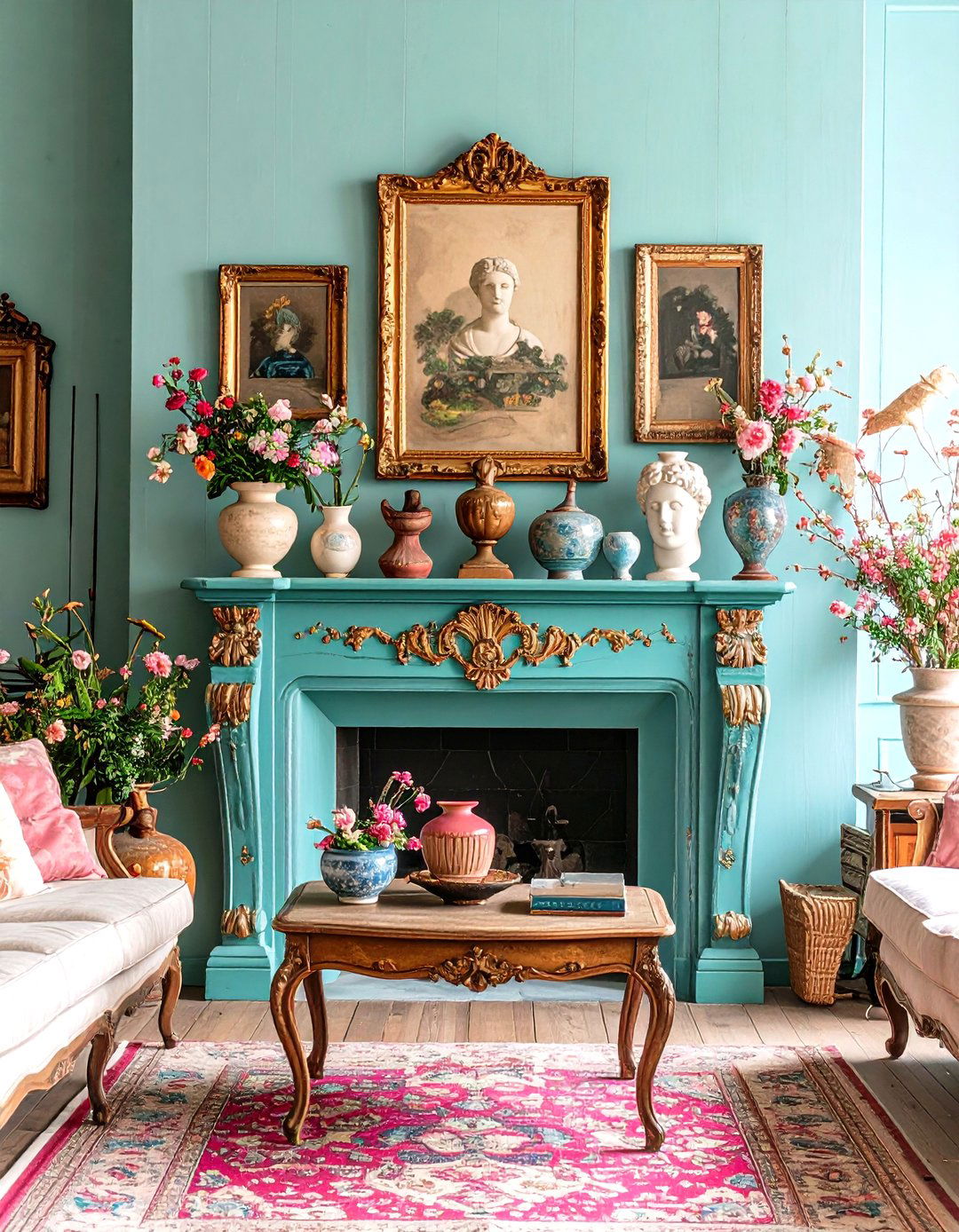
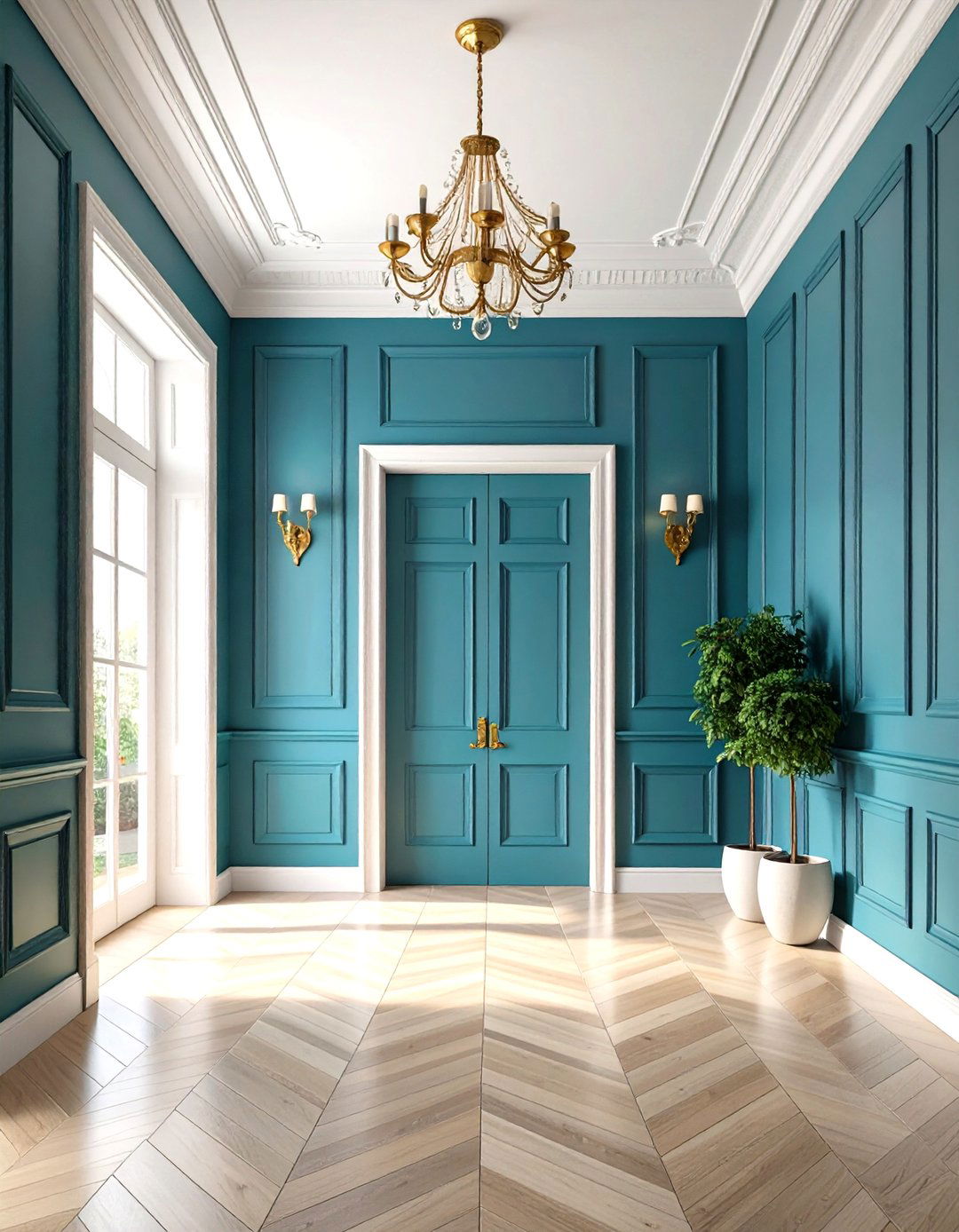
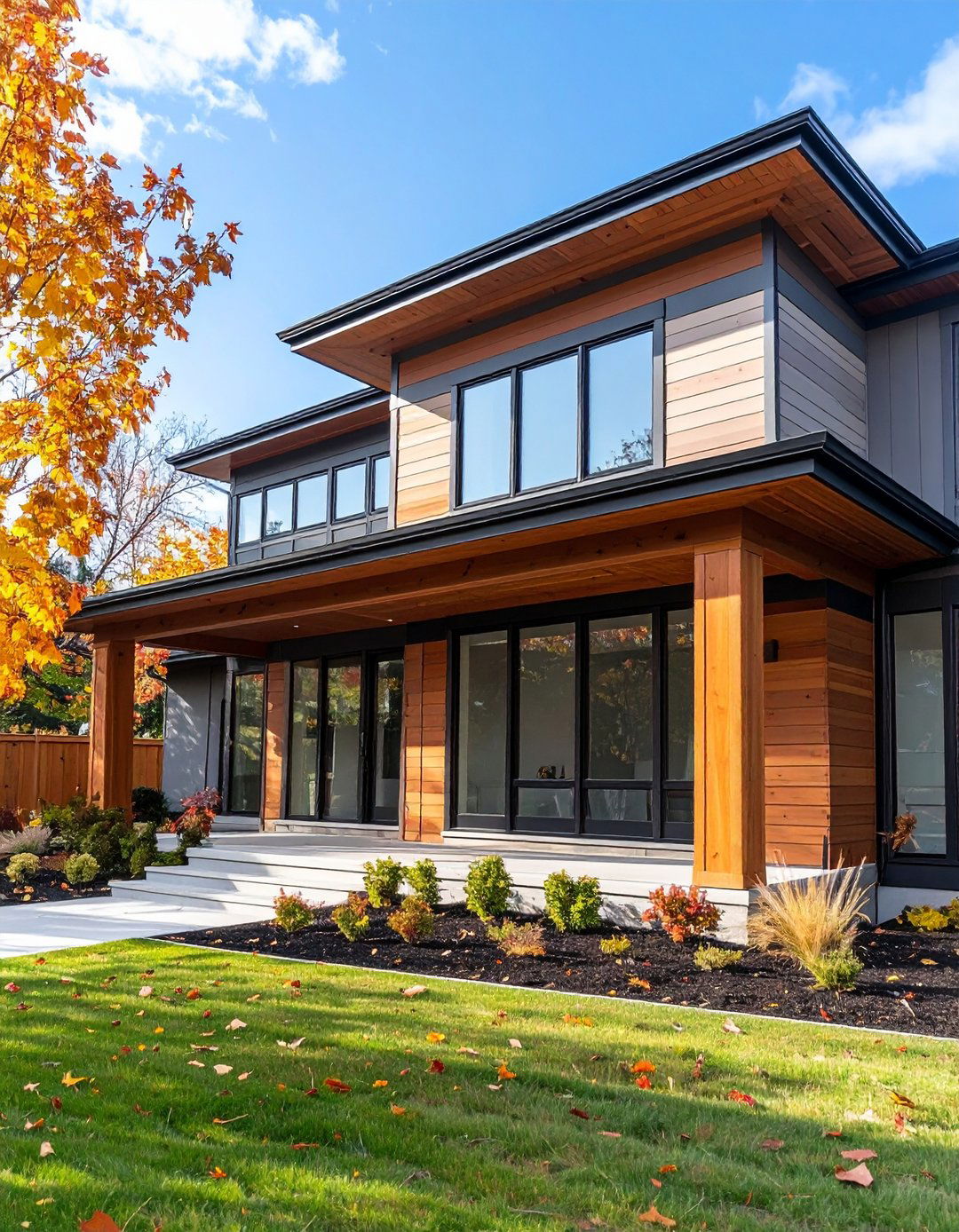
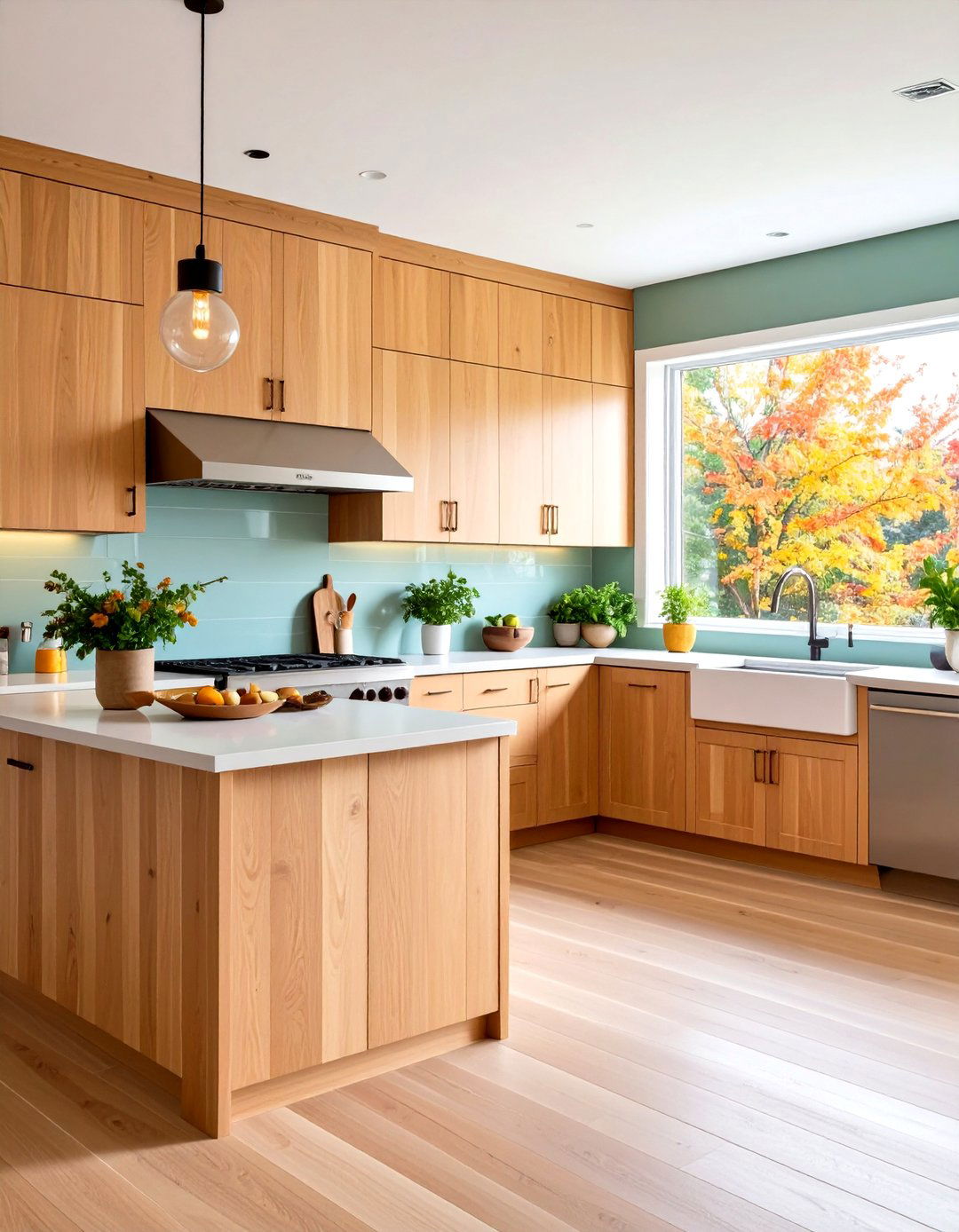
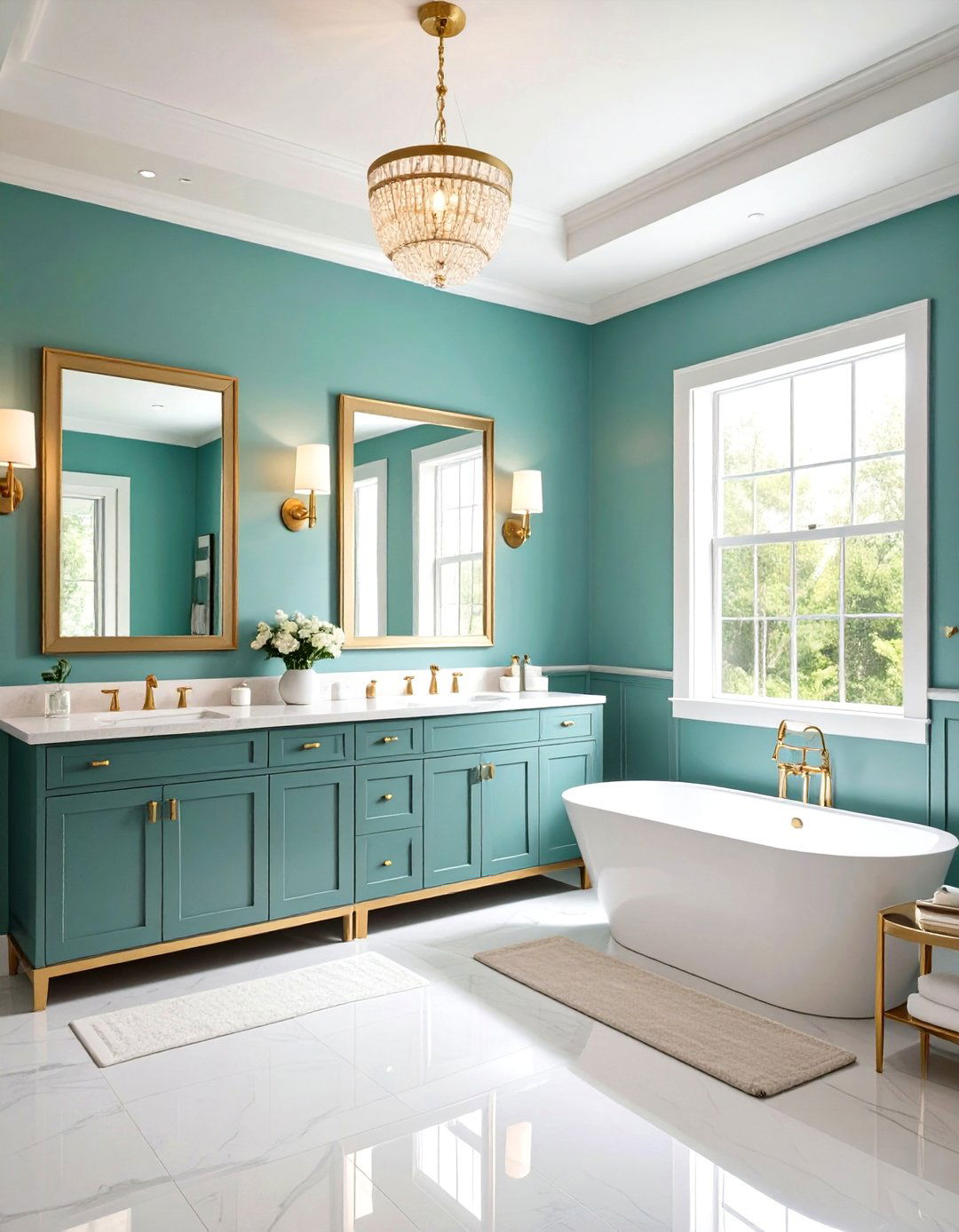
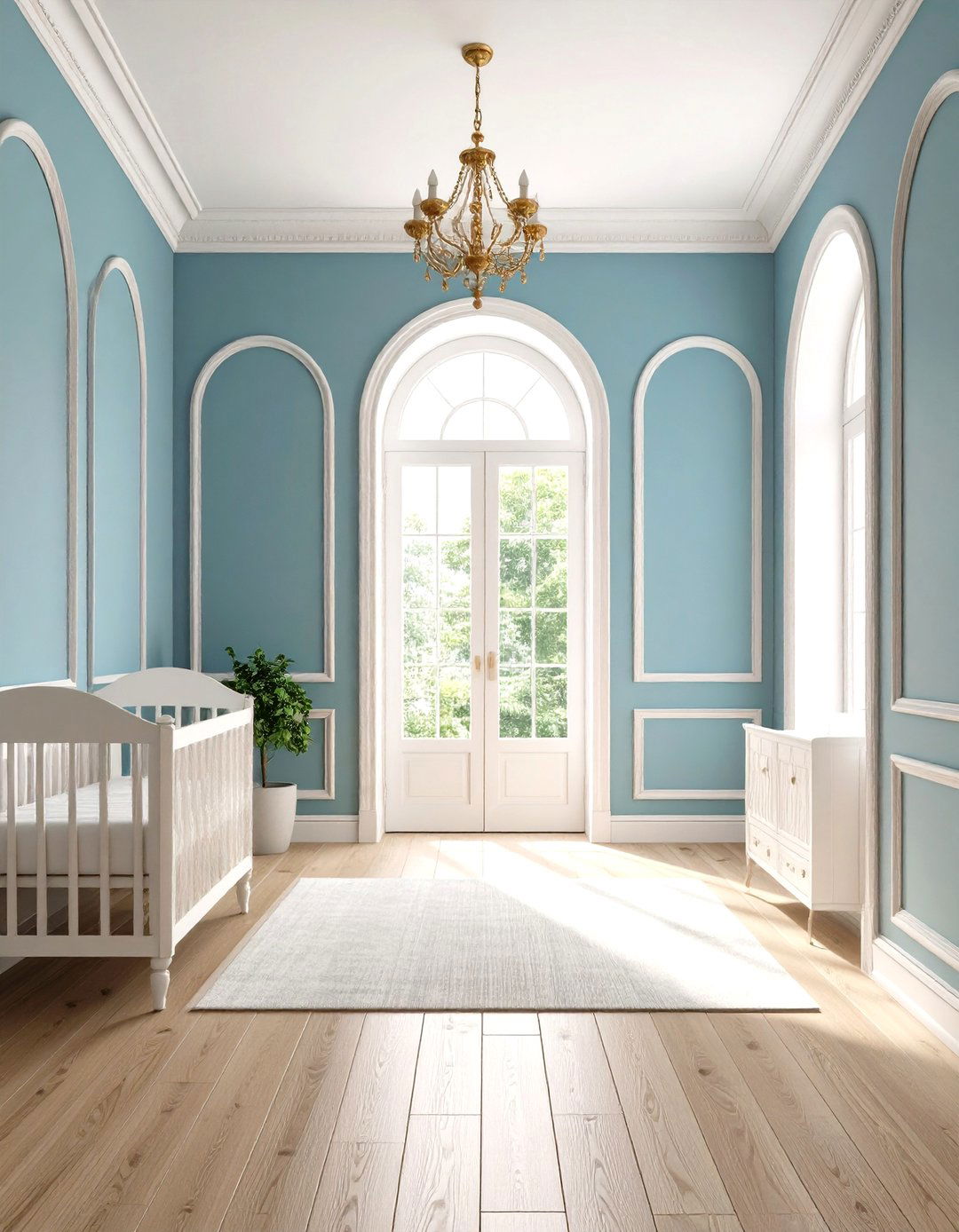
Leave a Reply